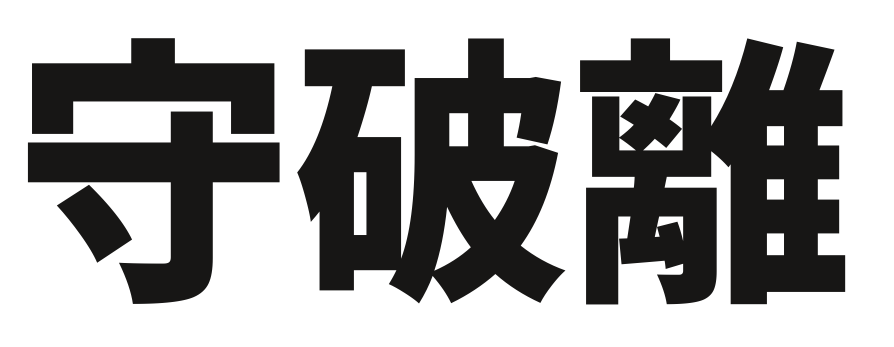The Japanese term Shu Ha Ri (守破離) describes how knowledge matures in martial arts. It’s not a rigid system of rules, but rather a dynamic, growing process.
1. Shu (守): Building Fundamentals
- What happens? You internalize techniques like Nukitsuke (drawing the sword) or Tenouchi (hand grip) through constant repetition.
- Observation: Some practitioners remain in the stage of imitation. They focus on external correctness.
- Function of the Shu phase: A solid foundation is formed. Without it, subsequent development remains uncertain. For example, if you perform a cut without the correct Tenouchi, it becomes a strike. In that case, the body participates little in the process, and the sword becomes a mere tool.
2. Ha (破): Recognizing Principles
- What happens? You begin to analyze the ‘why’: Why this angle? Why this movement in this situation? Consequently, the Kata becomes an object of investigation.
- Observation: The focus shifts from ‘perfect’ external appearances to effective working principles like the flow of force and balance.
- Function of the Ha phase: You transition from ‘how’-learning to a deeper ‘why’-understanding. For example, to deepen your vertical learning, compare the different executions of the form Nukiuchi across various schools.
3. Ri (離): Independent Action
- What happens? Techniques arise from a situation and from your understanding, not from a simple memory of fixed form specifications.
- Observation: The beginner’s mind often returns here: curious and unbiased. Therefore, you can look at other schools to see how they understand a movement. This can be very insightful! But how, then, can you decipher the executions of Okudenkata? This is where a wide field opens up.
- Function of Ri: Knowledge becomes actionable. You move beyond fixed patterns and take full responsibility for the execution of your actions.
Practical Challenges in the Learning Process
The process of Shu Ha Ri is not without its obstacles. Here are a few common challenges:
- Limitation by Instruction
A student who only reproduces techniques sees fewer possibilities. Instruction serves for description, but it can also constrict development. Iaido is not a dance, not folklore, and not a competitive sport; it is a technically advanced, functional martial art. - Avoiding the Comfort Zone
A person who understands discovers new questions. Furthermore, when you question your own achievements, you leave the comfort zone of imitation and praise. In doing so, you experience freedom but also take responsibility for your actions.
The Cycle
- Each phase nurtures the next.
- If development stagnates, practice becomes routine without growth.
Conclusion
Iaido development takes place in three dynamic phases:
- Learning forms (Shu).
- Understanding how they function (Ha).
- Acting from this understanding (Ri).
Whether this process succeeds is shown by whether the practice changes the practitioner, not just their techniques. A ‘look beyond your own horizon’—by observing or practicing with other Ryu (sword schools)—is therefore very helpful.
